Quote w/o comment (almost)
Saturday, 24 May 2008
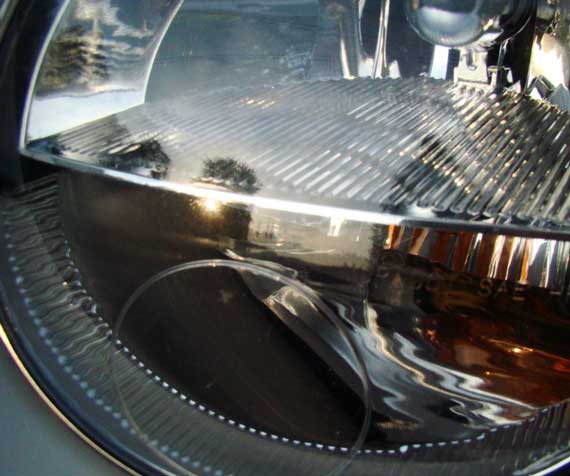
It’s a fact of life: the body will die.
Yeah, I heard someone say that entirely without irony on the (streaming) radio….
Saturday, 24 May 2008

It’s a fact of life: the body will die.
Yeah, I heard someone say that entirely without irony on the (streaming) radio….
Friday, 23 May 2008
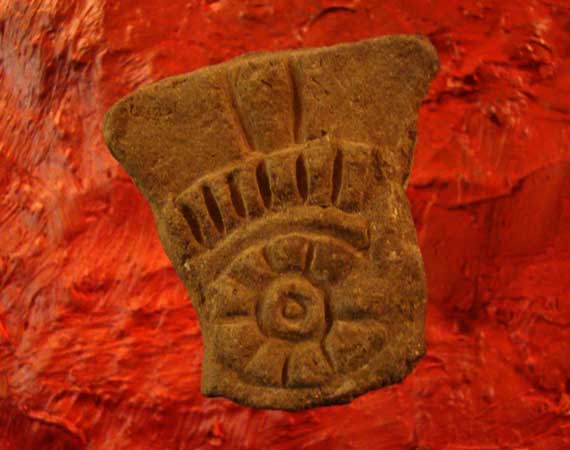
As I understand it, tepalcate is the Mexican-icized version of the Nahuatl word (perhaps tepalcatl) for broken ceramic…. I’ve seen a lot of them, and even washed quite a few….
Thursday, we strolled to a nearby restaurant*; it’s billed as Mexican, but I would describe it as Mexican-influenced, rather nouvelle, and generally Latin. I neglected to ask where the chef is from. They’ve had a few. One was of Puerto Rican descent and from NYC, so you can tell the “Mexican” part is loosely interpreted.
One wall is textured, and painted a lovely deep red. It’s ornamented with small broken prehispanic ceramic shards on wire spikes. As near as I could tell, they’re real. No reason not to be. Many, many fields have lots of these, broken by generations of plowing….
* Their web page fails to open, so why name them and why provide a link?
Thursday, 22 May 2008
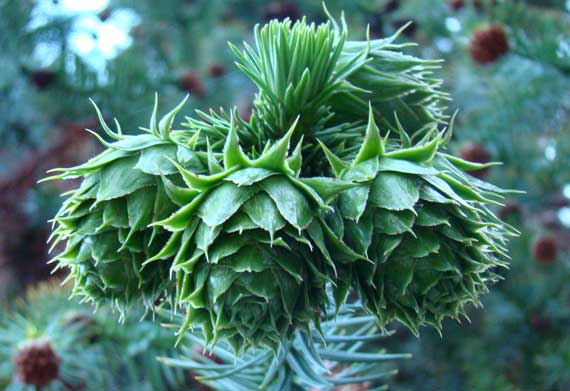
I was perhaps a wee bit boasting over the weekend when I said that I knew what this tree is called. Then I doubted myself (quietly, in private), so I thought I’d better look it up.
Common (English) name: monkey puzzle tree. Scientific name: Araucaria araucana. New common name: pehuén (from Mapuche). Native of the south-central Andes, both east and west slopes (says the web).
Turns out I had the name right, but didn’t know the coolest data-bit: this specimen is a male!
Ancillary data-bit: these trees are cousins (relatively speaking) of some of the trees fossilized in the Petrified Forest in Arizona.
For more info, here’s the wikipedia entry….
Friday, 18 April 2008
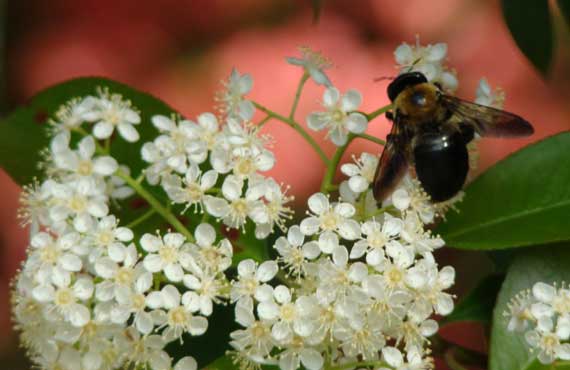
All the bees* buzzing around this tree made it an audio-arbol [arbol = tree (Span.)].
For this first time, this afternoon felt like marginal-summer. Hot. Fresh-mown grass smells with a powdery dry backnote.
I’m not quite ready yet….
* Our bumble bees are called humble bees in Britain. Apparently, humble is a corruption of the German hummel, meaning buzzing. Webster’s online says this bee is also sometimes called a dumble-dor. Ah, she’s not so original, that JK Rowling….
Monday, 14 April 2008
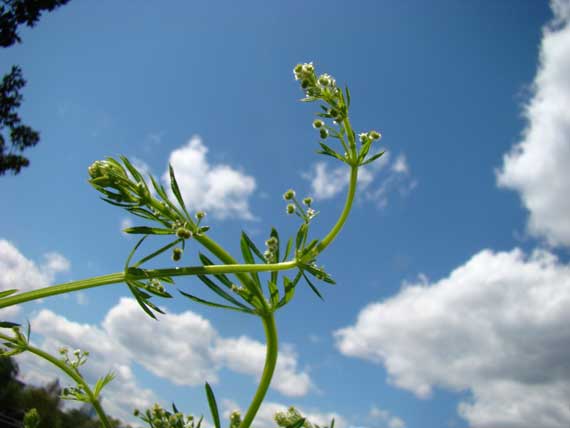
I know this plant as bedstraw, but without much confidence in that ID. A quick google suggests I’m right; there are a bunch of bedstraws, however, and I don’t know which this is. The genus is Galium, which this web site says is Greek for “milk”, and sometime in history the juice of the plant was used to curdle milk. Yum.
Just finished Michael Ondaatje’s Divisadero (2007)*. Recommended. Some of his descriptions of the countryside struck me viscerally as do those of Cormac McCarthy. Somewhat tortured characters are also similar. Many are orphaned young. Ondaatje’s stories are entirely different from McCarthy’s, however.
* I didn’t read The English Patient (1993) or see the movie (1996), so I can’t make any comparisons.
Household victory: 2007 taxes completed, signed, mailed today.
Tuesday, 8 April 2008
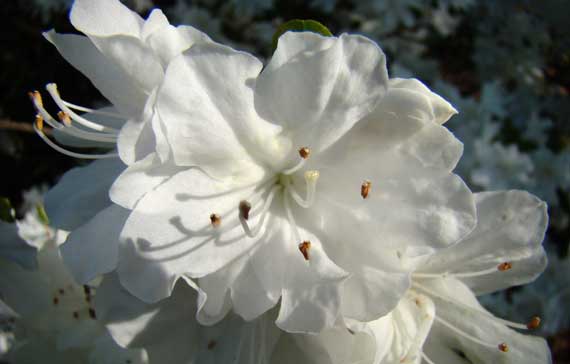
For unknown reasons (unexercised and unverbalized desire to wander exacerbated by fine spring weather?), I’ve been distracted for a time both yesterday and today looking closely at the Isle of Skye in Google Earth. I even downloaded a 1905 text from archive.org called The Misty Isle of Skye: Its Scenery, Its People, Its Story, and examined places noted therein.
Somewhere along the way, I discovered that those crazy Brits (or Scots) decided that if a Munro is any Scottish mountain more than 3K feet tall, then a somewhat smaller landform, at least 150 meters tall (just under 500 feet for you metric-challenged types), shall be referred to as a Marilyn (get it?), or, roughly, a hill. Or, and I suppose this is entirely possible, those Wikipedia wackos are totally pulling my leg!
Saturday, 29 March 2008
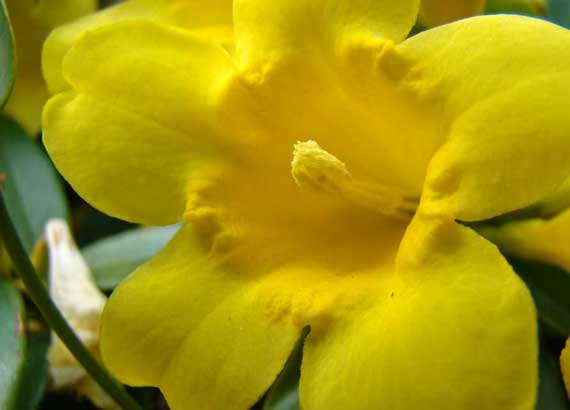
This time of the year, I always stop and admire the jasmine vines covering the fence in front of a neighbors’ house. The blooms are so glorious in the sun (yesterday, not today, I admit).
Most people from around here call this yellow or Carolina jasmine, and sometimes pronounce the latter jess-ah-min, so it has the alternate spelling jessamine. I did not know how toxic the plant is until I read that Wikipedia entry….
* Pitiful reference to the line: Why is the sky Carolina blue?
Thursday, 27 March 2008

I can’t even guess what kind of phlox this is. BTW, phlox is a funny word, with its roots in the Greek word for flame. Appropriate, no? Yet, phlox varieties are native to North America and northeast Asia!
Today I heard lawn mowers for the first time, both to the south and to the east. Believe it or not!
Of course, the operators could have been conducting last-minute leaf-herding, instead of trimming spring-fresh grass….
In neighborhood news, Dish, once a favorite upscale restaurant of ours, is gone and defunct. A carpenter working on the redesign says the new restaurant going into the former gas-station location will be called Diesel. Still, I’m not warming to the idea of a restaurant named after a poison.
I’m not sure I’d feel that much better if it were named Biodiesel….
Tuesday, 25 March 2008
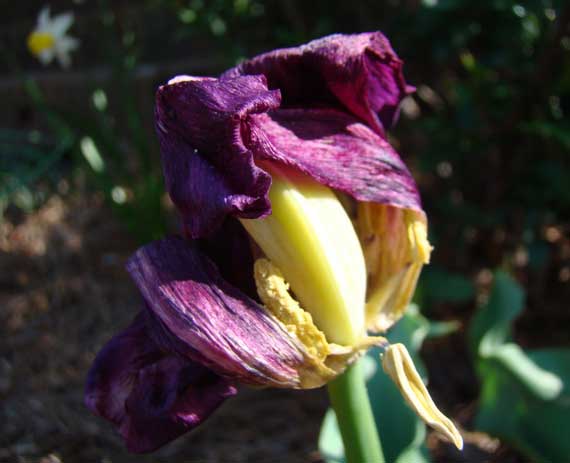
Our tulips are fading, but some of the neighbors’ still look tip-top. I saw the first drifts of yellow pollen yesterday (sneeze).
(noun) a portion of the larger whole, especially a chemical sample
(verb) to divide a whole into parts, or to take parts from a whole
Monday, 24 March 2008
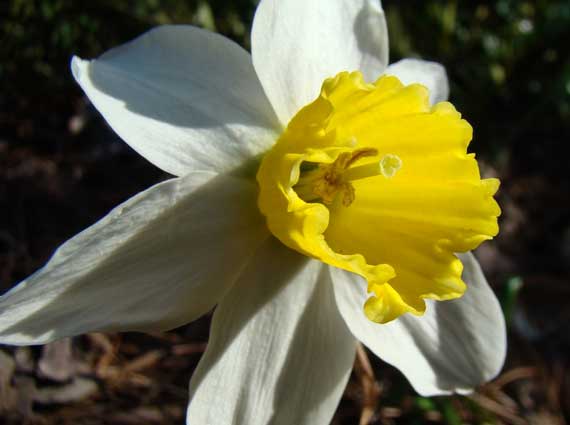
…is that They* are predicting temps below freezing overnight….
* They in this case are meteorologists…which sounds like a term that should refer to scientists who study meteors, but instead refers to science-types who focus on “the processes and phenomena of the atmosphere,” and, therefore, actually means more than just weather stuff. But (third but of this entry), meteorologist does sound a bit tidier and more, well, serious and empirical, than “weather forecaster” or even the more colloquial weather-dude or weather-babe.